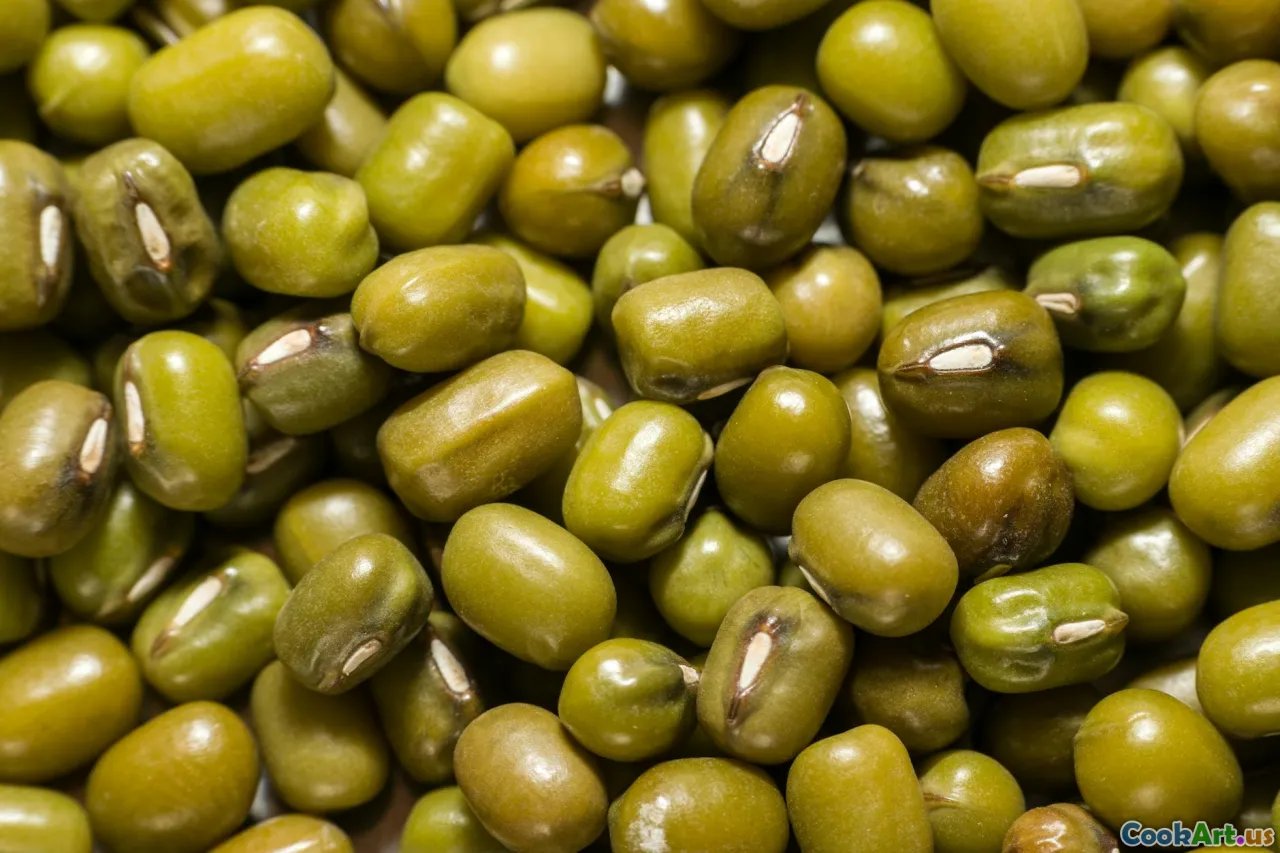Unexpected Benefits of Ancient Grains
5 min read Explore the surprising health and culinary benefits of ancient grains and how they can transform your kitchen experience. April 14, 2025 15:45
Unexpected Benefits of Ancient Grains
Ancient grains have surged in popularity over the past few years, but they are much more than just a trendy health food. These grains, which have been cultivated for thousands of years, offer a wealth of benefits that can enhance our diets and enrich our culinary experiences. In this article, we'll explore the unexpected advantages of incorporating ancient grains into your meals and how they can transform your cooking.
What Are Ancient Grains?
Ancient grains refer to grains that have remained largely unchanged over the years and are considered to be more nutritious than the more commonly cultivated grains like wheat and rice. Some popular examples include quinoa, farro, spelt, amaranth, and millet. Each of these grains boasts unique flavors and nutritional profiles, making them excellent alternatives to modern grains.
Nutritional Powerhouses
1. Rich in Nutrients
Unlike many modern grains, ancient grains are often higher in protein, fiber, and essential nutrients. For instance, quinoa is a complete protein, meaning it contains all nine essential amino acids, making it a fantastic choice for vegetarians and vegans. Similarly, farro is rich in fiber, which is crucial for digestive health.
2. Lower Glycemic Index
Many ancient grains have a lower glycemic index compared to their modern counterparts. This means they can help regulate blood sugar levels, making them a great option for those managing diabetes or anyone looking to maintain steady energy levels throughout the day.
Culinary Versatility
3. Unique Flavors and Textures
Ancient grains bring diverse flavors and textures to the table, allowing cooks to experiment with different dishes. For instance, the nutty flavor of farro can elevate salads and grain bowls, while the slight sweetness of quinoa makes it perfect for breakfast bowls or as a side dish.
4. Gluten-Free Options
For those with gluten intolerance or celiac disease, ancient grains like quinoa and amaranth offer gluten-free alternatives without sacrificing flavor or nutrition. These grains can be used in various recipes, from baking to savory dishes, providing options for everyone.
Environmental Benefits
5. Sustainable Farming Practices
Many ancient grains are often grown using traditional farming methods that promote sustainability. These practices usually require fewer chemical inputs and contribute to biodiversity, making them a more environmentally friendly choice.
Cultural Significance
6. A Connection to Heritage
Incorporating ancient grains into your meals can also be a way to connect with different cultures. For example, teff is a staple in Ethiopian cuisine and is used to make injera, a fermented flatbread. By exploring ancient grains, you can discover new culinary traditions and broaden your palate.
Conclusion
Incorporating ancient grains into your diet not only provides numerous health benefits but also adds flavor and texture to your meals while fostering a connection to cultural traditions. With their rich history and nutritional advantages, ancient grains are an excellent choice for anyone looking to enhance their culinary repertoire. So, the next time you're in the mood for a hearty grain dish, consider reaching for an ancient grain and enjoy the unexpected benefits they bring to your table.









